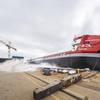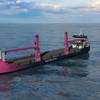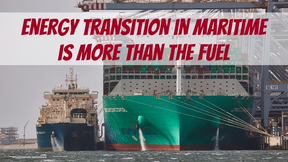Russia Will Consolidate its Shipbuilding Industry
Over the past fifteen years the Russian fleet, and especially its navy, has suffered considerable losses. Its number of warships, for example, has dropped from 428 to 273, a fall of 37.5%, and that of active vessels at sea from 210 to 28, a drop of 86.7%. Sometimes even that number of ships is not maintained. Naval personnel have been cut by 60%, from 424,000 men to 169,000. The Mediterranean, Indian and Pacific squadrons have been abolished. Russian naval aviation has stopped flying over the oceans, having lost its air bases in Cuba, the Middle East and Africa. The navy has turned from an ocean-going to a coastal one. If this trend continues, experts forecast that by 2015 the navy will consist of not more than 60 warships (22 nuclear-powered and nine diesel-engined submarines and not more than 29 surface ships).
Recently, however, things with the Russian navy have been looking up. The state armaments program for the period until 2015 describes the development of the navy, as well as strategic nuclear forces of deterrence, as one of its main priorities. According to First Deputy Prime Minister Sergei Ivanov, the former defense minister, of the 4.9 trillion rubles ($188.53 billion) set aside for re-armament, 25% will be used to renew the navy. By 2010, Russia plans to increase its construction of warships by 50%, including building a series of 40 frigates, not fewer than ten each for the Northern and Baltic fleets. Submarines are under construction: strategic nuclear-powered submarine cruisers such as the Yury Dolgoruky, Alexander Nevsky and Vladimir Monomakh, which will be armed with new Bulava-30 strategic missiles (NATO reporting name SS-NX-30), as well as many other multi-purpose nuclear and diesel submarines. In addition, India, China and Algeria have placed orders for Russian warships. Source:RIA Novosti












